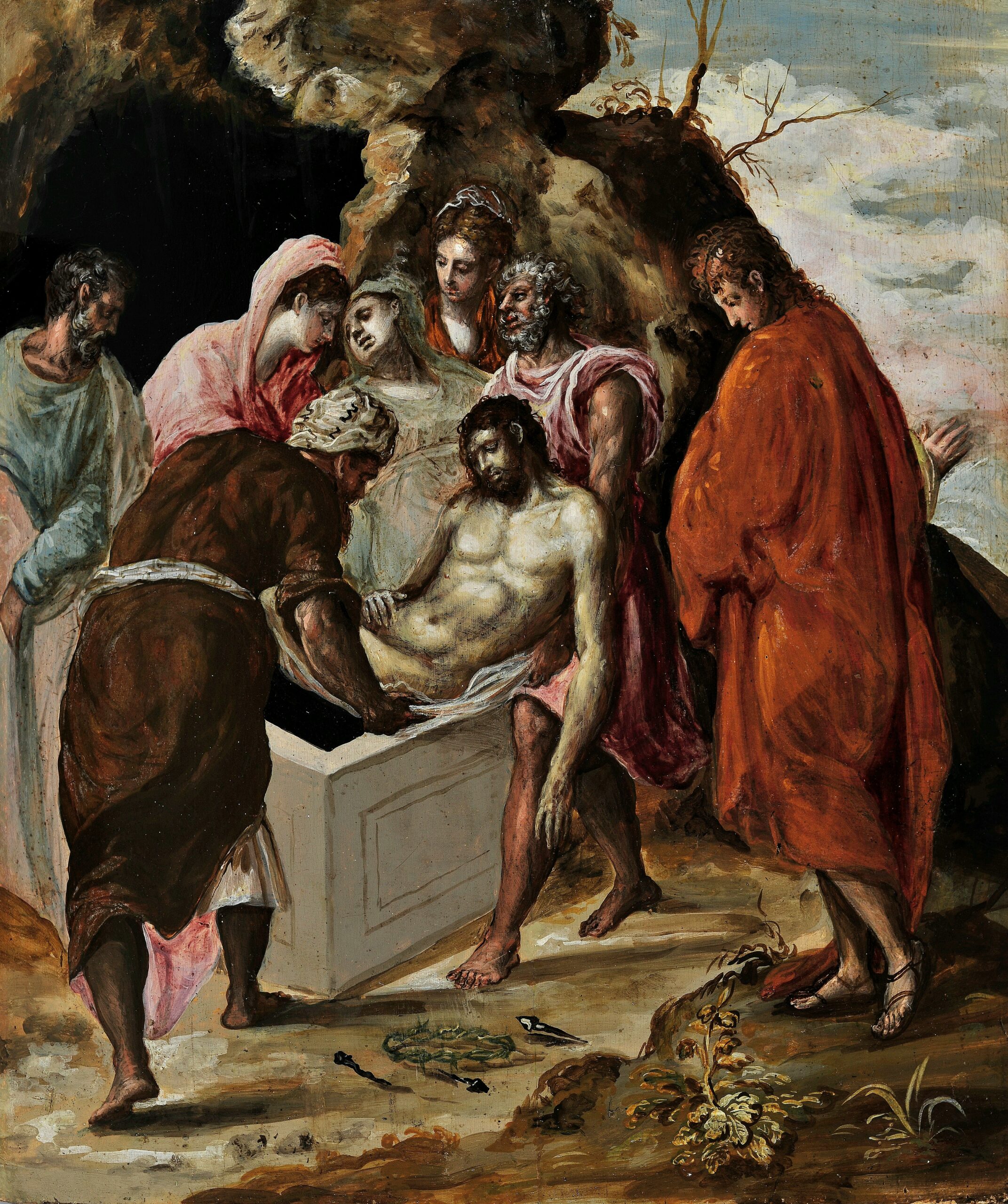
Christus Victor
Understanding the Victory of Christ in the Atonement
The concept of atonement is central to Christian theology, encapsulating the belief that Jesus Christ died for our sins.
Words: Jo Leutton Read: 5 - 10 mins Published: 20 August 2024
As we continue our series on Bible Streams, “High & Lifted Up: Conversations on the Atonement”, among the various models that seek to explain how this atonement works, the Christus Victor model stands out for its emphasis on Christ’s victory over sin, death, and Satan. This article explores the Christus Victor model. It covers its origins, key ideas, and scriptural basis. It also looks at its strengths, weaknesses, and modern uses.
Origins and Historical Development
The term “Christus Victor” is Latin for “Christ the Conqueror” or “Christ the Victor.” Aulén, a Swedish bishop, coined the term in the mid-20th century. Its themes, however, date back to the early church fathers. Figures such as Irenaeus, Origen, Chrysostom, and Gregory of Nyssa all emphasized Christ’s victory over the powers of evil in their theological writings.
Aulén’s 1930 book, “Christus Victor,” brought renewed attention to this model. He argued that the early church saw the atonement as a cosmic battle. In it, Christ triumphed over the powers of evil. This perspective, Aulén contended, had been overshadowed by other models, particularly the satisfaction and penal substitution theories that dominated Western theology from the Middle Ages through the Reformation.
Key Ideas
The Christus Victor model emphasises the following key ideas:
- Victory Over the Powers: Christ’s life, death, resurrection, and ascension are seen as a victory over the powers of sin, death, and Satan. This victory is not just a metaphor but a real, cosmic event that has profound implications for the entire creation.
- Holistic View: Unlike models that focus primarily on the crucifixion, Christus Victor encompasses the entirety of Christ’s life and mission. It sees the atonement as part of the grand narrative of Scripture, from creation through to the eschaton.
- Kingdom of God: The model is closely tied to the concept of the Kingdom of God. Christ’s victory inaugurates the Kingdom, and believers are called to participate in this ongoing cosmic battle by living out the values of the Kingdom.
- Cosmic Scope: Christus Victor has a universal scope, addressing not just individual salvation but the reconciliation of all creation to God.
Scriptural Basis
Several key passages in the New Testament support the Christus Victor model:
- 1 Corinthians 15:54-57: “Death has been swallowed up in victory. Where, O death, is your victory? Where, O death, is your sting? The sting of death is sin, and the power of sin is the law. But thanks be to God, who gives us the victory through our Lord Jesus Christ.”
- Colossians 2:13-15: “When you were dead in your sins and in the uncircumcision of your flesh, God made you alive with Christ. He forgave us all our sins, having cancelled the charge of our legal indebtedness, which stood against us and condemned us; he has taken it away, nailing it to the cross. And having disarmed the powers and authorities, he made a public spectacle of them, triumphing over them by the cross.”
- Galatians 1:3-5: “Grace and peace to you from God our Father and the Lord Jesus Christ, who gave himself for our sins to rescue us from the present evil age, according to the will of our God and Father, to whom be glory for ever and ever. Amen.”
- Revelation 1:12-18: John’s vision of the risen Christ emphasies His victory and authority, portraying Him as the triumphant King who has conquered death and Hades.
Strengths of Christus Victor
- Holistic and Comprehensive: The Christus Victor model provides a broad, sweeping narrative that encompasses the entire biblical story, from creation to new creation. It integrates the life, death, resurrection, and ascension of Christ into a unified whole.
- Cosmic and Communal: This model emphasises the cosmic scope of Christ’s victory, addressing not just individual salvation but the reconciliation of all creation. It also highlights the communal aspect of salvation, encouraging believers to take part in the ongoing work of the Kingdom.
- Alignment with Early Church Thought: The themes of Christus Victor resonate with the writings of the early church fathers, providing a historical continuity that enriches contemporary theological reflection.
- Empowering for Believers: By emphasising the victory of Christ, this model empowers believers to live out their faith with confidence and boldness, knowing that they are part of a cosmic battle that has already been won.
Weaknesses and Criticisms
- Lack of Mechanism: One of the primary criticisms of Christus Victor is its lack of a clear mechanism for how the atonement works. While it emphasises the victory of Christ, it does not adequately explain how individual sins are forgiven or how justice is satisfied.
- Potential for Overemphasis on Metaphor: Critics argue that Christus Victor can sometimes lean too heavily on metaphorical language, potentially obscuring the concrete realities of sin and redemption.
- Vicarious Humanity of Christ: Some critics, including those responding to Aulén’s presentation, argue that Christus Victor does not sufficiently address the vicarious humanity of Christ—how Jesus’ incarnation and human experience are integral to the atonement.
- Integration with Other Models: While Christus Victor provides a broad framework, it often requires integration with other atonement models (such as substitutionary atonement) to fully address the complexities of sin, justice, and redemption.
Modern Application
In contemporary church life, the Christus Victor model offers a vibrant and empowering perspective. It encourages believers to actively take part in the in-breaking Kingdom of God, bringing healing, deliverance, and reconciliation to a broken world. This model fosters a sense of resilience and gratitude, reminding believers that they are part of a cosmic victory that has already been won by Christ.
By emphasising the holistic and cosmic scope of the atonement, the Christus Victor model helps believers see their salvation as part of a larger narrative. It challenges the notion of salvation as merely a personal, future-oriented event, instead highlighting the present reality of the Kingdom of God and the ongoing work of Christ in the world.
Conclusion
The Christus Victor model of atonement offers a rich and compelling perspective on the victory of Christ over sin, death, and Satan. Rooted in Scripture and resonant with early church thought, this model provides a holistic and cosmic understanding of the atonement. While it has its weaknesses and requires integration with other models, Christus Victor empowers believers to actively take part in the ongoing victory of Christ, bringing the Kingdom of God into the world today. As we continue to explore different models of atonement, we can appreciate the unique contributions of Christus Victor and its relevance for contemporary faith and practice.
You can hear the full discussion on Bible Streams here, or on your favourite podcast platform.


